On April 3, 2010, Apple officially launched its much anticipated tablet: the iPad. It was the most hyped tech product of the year, but for many of us the hype turned out to be justified. My own Web browsing habits were immediately changed by the iPad. Indeed, I’m writing a whole series currently about how the iPad and other non-PC devices are changing the way we consume media. For some people the smartphone has had the biggest impact so far on their Web browsing habits, but for me it’s been the iPad.
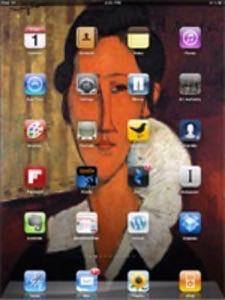
To celebrate the iPad’s one year anniversary, I’m listing out my favorite 10 iPad apps over the past year. I’ve attempted to put them in some kind of order too. Some apps have had a bigger impact on the way I interact with the Web than others, notably apps that have changed my reading and media consumption habits. Read on to find out how!
Editor’s note: This story is part of a series we call Redux, where we’re re-publishing some of our best posts of 2011. As we look back at the year – and ahead to what next year holds – we think these are the stories that deserve a second glance. It’s not just a best-of list, it’s also a collection of posts that examine the fundamental issues that continue to shape the Web. We hope you enjoy reading them again and we look forward to bringing you more Web products and trends analysis in 2012. Happy holidays from Team ReadWriteWeb!
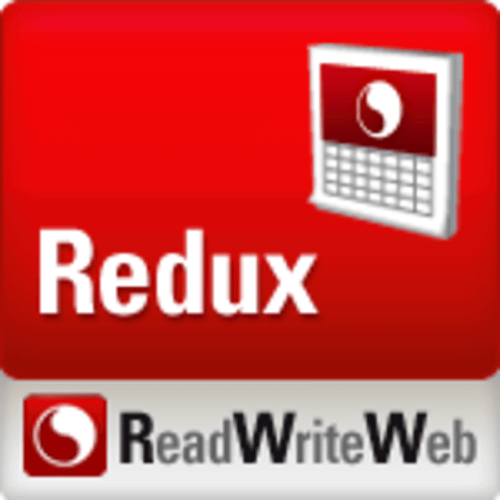
1. Flipboard
I’ve raved about Flipboard many times, but it really has changed the way I consume RSS feeds. Prior to the iPad, I mostly used Google Reader on my computer (and Bloglines before that) to consume RSS. Over time though, my usage of Google Reader and RSS Readers in general had slipped. I still valued all of the feeds I’d saved in Google Reader and I often searched them to research topics. But as a daily browsing activity, Twitter and Facebook had begun to replace my time spent in Google Reader – as has been the case for many of you, I’m sure.

Flipboard changed that. Now I regularly browse my RSS feeds – and some of Twitter and Facebook – through Flipboard on my iPad. Funnily enough, Flipboard has actually increased my usage of Google Reader again. I have a number of my topical folders from Google Reader in my Flipboard. So Google Reader has in essence become my feed platform, it’s just that the user interface has changed. I explored that trend as it relates to smartphone RSS Readers yesterday.
2. Kindle
Just as Flipboard changed my feed reading habits, Kindle changed my book reading. I’ve read a number of books in the Kindle iPad app over the past year, including novels and biographies. I still read more paper books than eBooks, but the Kindle app has been my first long-term relationship (if I may put it like that) with an eReader.
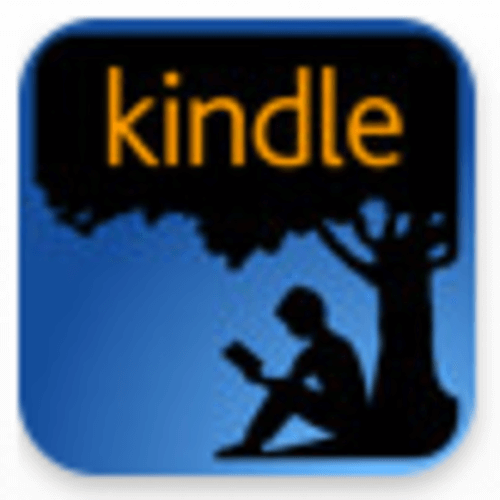
3. Zinio
A third metamorphosis in my reading habits occurred thanks largely to Zinio, the digital magazine service. I subscribe to a number of magazines in Zinio, mostly art and music related. While the reading experience is often not optimal – most of my subscriptions are simply PDF files of the magazines, so there’s limited interactivity – the cost savings alone make this very worthwhile to me. Also it’s handy to carry around a back catalog of magazines on my iPad.

4. Instapaper
Instapaper has been yet another driver of change in my reading habits (yes, there’s a theme here!). In the ‘old days’ of RSS Readers, people were obsessed with their Unread count – that is, how many items in the RSS Reader were as yet unread. People would get uptight if their Unread count got too high and an urge to purge would well up. Nowadays most people don’t worry themselves with the Unread count, because interesting information comes from too many different places now: Twitter, Facebook, content aggregators like Techmeme, iPhone apps, iPad apps, and so on. This is where Instapaper came into its own, because from most of those places you can click a ‘Read Later’ button and an item is saved to Instapaper’s servers. When you have Internet connectivity, the Instapaper app downloads all of those stories so you can read them offline if need be.
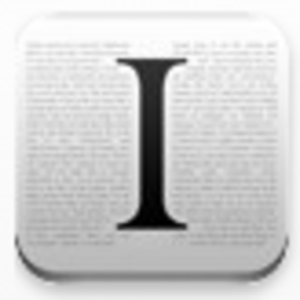
Instapaper has an iPhone app too – no official Android one so far, although there are unofficial apps. However I’ve mostly used Instapaper on my iPad, because – you guessed it – the iPad has become the device where I now do the bulk of my reading.
5. Evernote
Finally, a non-reading app! Evernote is a note-taking app, that eventually wants to be your online brain. It’s been around for much longer than the iPad, but I began to use it more when the iPad came onto the scene. I particularly like the offline feature, because it allows me to update and add to my notes when I’m out and about (I have the WiFi only version of iPad and wireless connectivity is far from a given where I live).

6. Newsy
I wrote about Newsy earlier this week, as an example of a media app that has created a new form of media delivery on the iPad. I enjoy watching a selection of 2-3 minute video news clips over my lunch, or when I need a break from my computer.
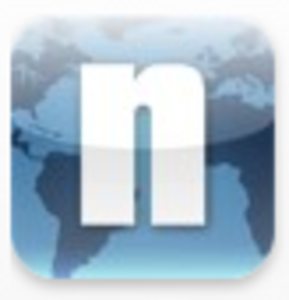
Read my interview with the founder, Jim Spencer, to discover more about this innovative news service.
7. Art Authority
I love exploring art and Art Authority is the best and most comprehensive archive of art available for the iPad. It features high quality images of art work from most of the great artists in our history.
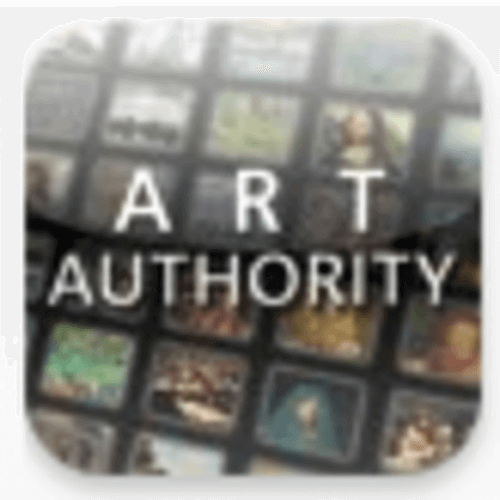
I’ve spent a lot of time with my nose buried in this app.
8. Brushes
Unless you count Evernote, this is the first iPad app on my list that has more emphasis on ‘write’ than ‘read.’ That emphasizes that, for me anyway, the iPad has been mostly about consuming content. The iPad is not a great writing tool (although I have been using it more lately for things like real-time note taking from conferences). The first generation iPad didn’t even have a camera, so it has always been marketed as a consumer tool more so than a creative one.
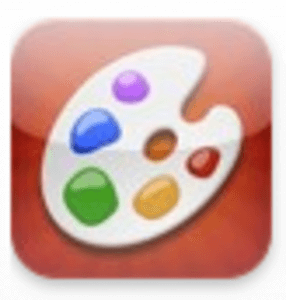
An app which does foster creativity though is Brushes, the finger painting app. In all honesty I prefer to do my amateurish painting on paper using acrylic paints, as I spend way too much time on electronic devices as it is. However Brushes is a sophisticated finger painting app and I’ve (ahem) dipped my finger into it from time to time.
9. YouTube
We’re back to consumption now. I have to mention YouTube, as it hosts many of the videos I end up watching – whether they be presentations from tech events, videos of live music, or random videos found via Twitter or Facebook. I don’t watch that much online video, but if I do there’s a good chance I’ll fire up YouTube on my iPad to watch it. The only issue has been that Instapaper doesn’t save videos and I’ve yet to find a good app that does – suggestions anyone?
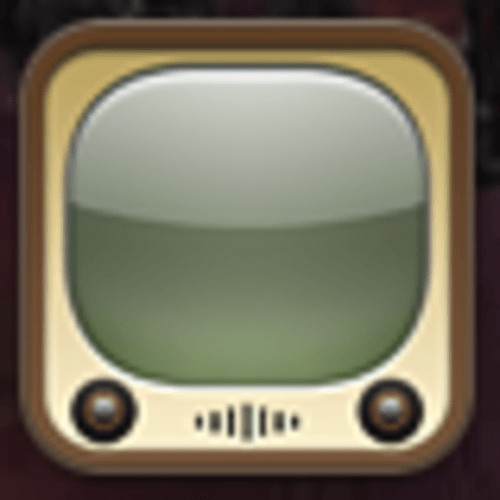
10. TweetDeck
Like most of you, my usage of Twitter and Facebook has increased over the past couple of years. However I don’t tend to interact on either service using the iPad. There are adequate iPad apps for both, but social networking hasn’t turned out to be one of my main activities on the iPad.
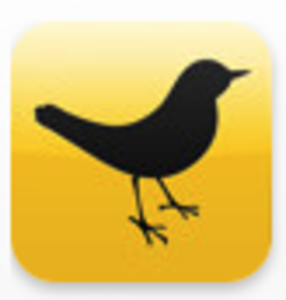
Friendly is a good app for Facebook and I’ve largely stuck to TweetDeck for Twitter. I sometimes use the official Twitter iPad app, which is slick too. Of those apps, TweetDeck is probably the one I access the most on my iPad. Although I use my Mac desktop app for TweetDeck much more, followed by the iPhone app.
Conclusion: iPad Really is About Consumption!
There you have it, my favorite 10 iPad apps since the iPad launched one year ago. I’m a little surprised at just how dominant media consumption apps have been for me; and in particular reading apps. It goes to show how much of an impact the iPad has had on my online media consumption habits.
I should add that I still do the bulk of my creation activities on the computer – mostly writing, but also curation on my personal WordPress.com site and online social networking on various web services. However, the iPad has literally caused a paradigm shift in how I explore and consume content.
Did you get an iPad when it first launched? If so, I’d love to hear about if and how it changed your consumption patterns. Tell me your favorite iPad apps, too!









